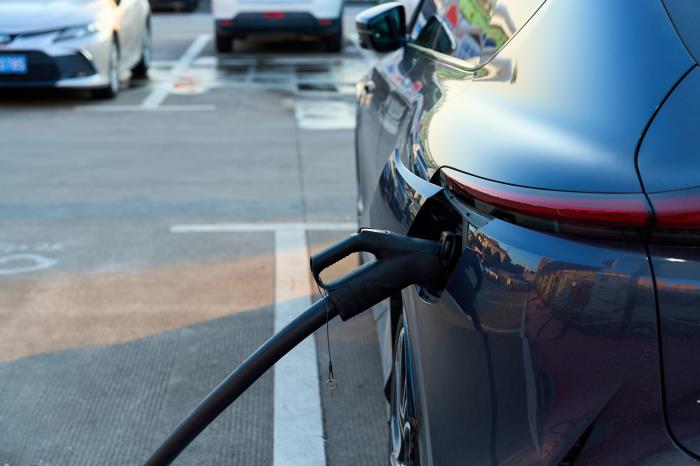 ----SENKU MACHINERY
----SENKU MACHINERY
Peak Shaving, Load Shifting, and Dynamic Load Balancing Explained
As electric vehicle (EV) sales continue to rise, more people are experiencing the convenience of charging their cars while parked. The appeal of starting each day with a full battery, rather than making trips to a fuel station, is clear. Research shows that 64 percent of EV owners charge their vehicles at home.
However, home charging brings new considerations, particularly around energy management. According to research, 65 percent of EV drivers prioritize energy efficiency when selecting an EV charger. This highlights the importance of managing power consumption effectively.
To optimize energy usage and control costs, homeowners are increasingly turning to smart EV charging solutions. Key concepts associated with these solutions include peak shaving and load shifting, which are often confused with dynamic load balancing. Here’s a breakdown of these terms.

What is Load Shifting?
Load shifting is an energy management strategy that involves moving electricity usage to different times of the day. In the energy sector, electricity consumption is called "load," and when demand is high, the grid experiences greater pressure.
How Does Load Shifting Work?
At its core, load shifting involves adjusting the timing of energy use to periods when demand is lower and electricity is cheaper. For instance, if your utility company offers lower electricity rates during early morning or late-night hours, it’s more cost-effective to charge your car or run energy-hungry appliances like washing machines during these off-peak times.
What is Peak Shaving?
Like load shifting, peak shaving is a strategy to manage energy use. However, instead of shifting energy consumption to different times, peak shaving focuses on reducing high-demand spikes altogether. It does this by either reducing energy draw or by introducing a local energy source to supplement the grid.
How Does Peak Shaving Work?
In the energy industry, peak shaving typically involves using local energy storage, like batteries, or even backup generators to lower the demand on the grid during peak periods. This practice has traditionally been used by large industrial or commercial users, but with advances in technology, it's becoming more accessible to households.
Many homes now have solar panels, and some even have battery storage systems to store the energy they generate. A smart EV charger with peak shaving capabilities could combine stored energy with grid power when charging during peak hours, reducing strain on the grid. In the future, vehicle-to-home (V2H) technology may even allow you to use your car’s battery as a local energy source to power your home and help manage demand peaks.

Difference Between Load Shifting and Peak Shaving
Load shifting moves energy consumption to times when electricity is cheaper, but it doesn't reduce the total amount of energy used in a day. Peak shaving, on the other hand, involves reducing the demand on the grid by using a local energy source, allowing you to keep using energy-intensive appliances without increasing costs.
What is Dynamic Load Balancing?
Dynamic load balancing is another smart charging feature that is often confused with load shifting and peak shaving. This feature automatically adjusts and distributes the available power among various appliances, balancing the overall load and ensuring that your EV charger operates efficiently alongside other household devices.
In summary, smart charging features like load shifting, peak shaving, and dynamic load balancing help manage energy use, control costs, and reduce grid strain, making EV charging more efficient and sustainable.
Tags: #ev charging #Peak Shaving #Load Shifting #Dynamic Load Balancing


 Senku ,Bake
Senku ,Bake Senku
Senku